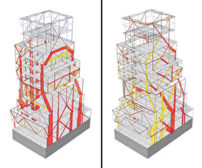Architectural Technology
"Smart Glass" on the Verge
After languishing for years outside the mainstream, "switchable glazing" is poised to become a viable alternative and could soon have a significant impact on facade design.
Read More
Copyright ©2024. All Rights Reserved BNP Media.
Design, CMS, Hosting & Web Development :: ePublishing

